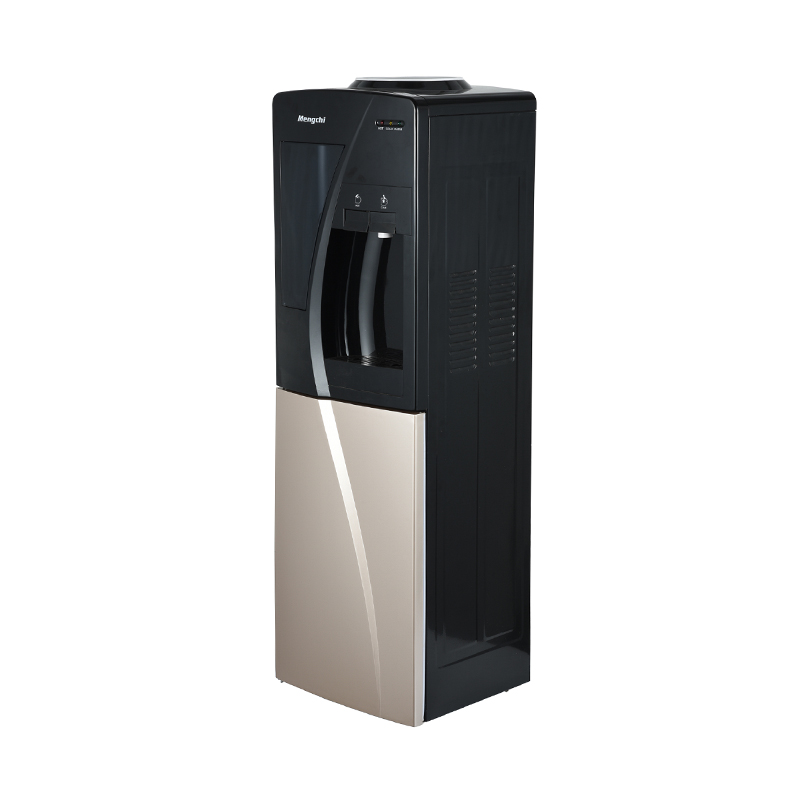In today's home and commercial environments, humidity control is a key factor in achieving a comfortable and healthy life. With global climate change and accelerated urbanization, humidity levels in many areas have risen significantly, leading to a series of problems such as mold growth, allergic reactions and damage to building materials. Therefore, as an efficient air treatment device, the working principle and application value of dehumidifiers are increasingly valued.
Main components of dehumidifiers
The structure of a dehumidifier usually includes the following core components:
Compressor: As the core component of the dehumidifier, the compressor is responsible for compressing and circulating the refrigerant. By increasing the pressure and temperature of the refrigerant, it can release heat in the condenser, thereby achieving the dehumidification effect.
Condenser: The condenser is an important heat exchange device, and its main function is to cool and convert high-temperature and high-pressure refrigerant into liquid. In this process, the refrigerant releases heat, causing the temperature of the surrounding air to drop, creating conditions for the subsequent dehumidification process.
Evaporator: The evaporator is also a heat exchanger, and its main function is to convert liquid refrigerant into gas. In the evaporator, the liquid refrigerant absorbs heat from the air, further lowering the temperature of the surrounding air, thereby causing the moisture in the air to condense.
Fan: The fan is responsible for sucking in indoor air and directing it to the condenser and evaporator. The operation of the fan speeds up the flow of air, promotes the heat exchange process, and improves the efficiency of dehumidification.
Water tank or drainage system: During the dehumidification process, the condensed water generated will be collected in the water tank or directly discharged through the drainage pipe. Some high-end dehumidifiers are also equipped with a water pump to discharge the condensed water to a higher position for easy management.
Working process of dehumidifier
The working process of dehumidifier can be divided into the following steps:
Air suction: The dehumidifier sucks in the humid air in the room through the built-in fan. This process is the starting point of the entire dehumidification mechanism, and the moisture in the air will be extracted in subsequent steps.
Cooling and condensation: The sucked humid air first passes through the condenser. At this stage, the air temperature decreases and the moisture begins to condense into water droplets. This is because when the water vapor in the air contacts the cooling surface, its temperature drops to the dew point, forming liquid water.
Moisture discharge: The condensed water droplets flow into the water tank along the surface of the condenser or are directly discharged through the drain pipe. Most dehumidifiers automatically stop working when the water tank is full to prevent overflow and ensure safe and efficient operation of the equipment.
Heating and releasing dry air: After being processed by the condenser, the humidity of the air decreases and the temperature also drops accordingly. Then, after being processed by the evaporator, the liquid refrigerant absorbs heat from the air and converts into gas. The cooled air is heated and released back into the room.
Cycle process: The entire dehumidification process is circulated continuously until the indoor humidity drops to the set value. Dehumidifiers are usually equipped with humidity sensors that can monitor the air humidity in real time and automatically adjust the working state according to environmental changes to ensure that the ideal humidity level is always maintained.











